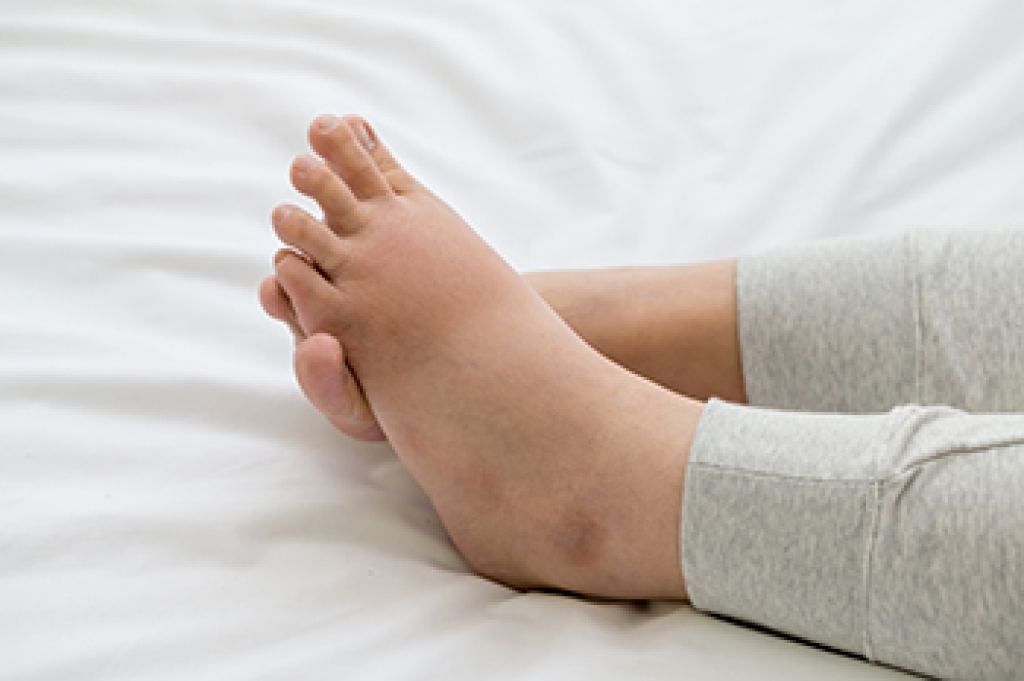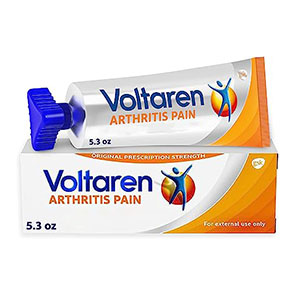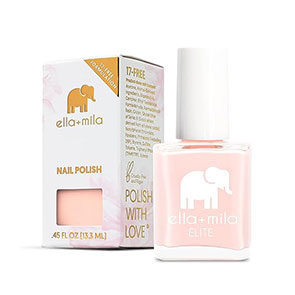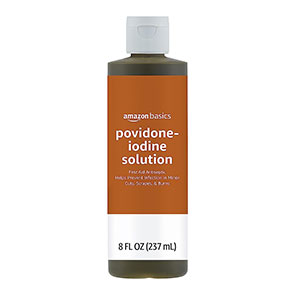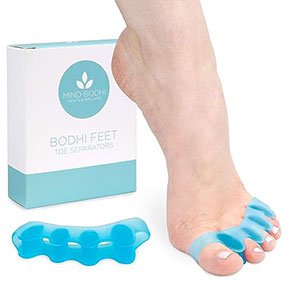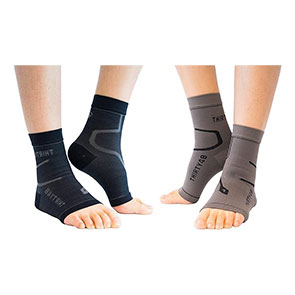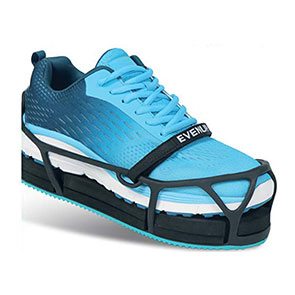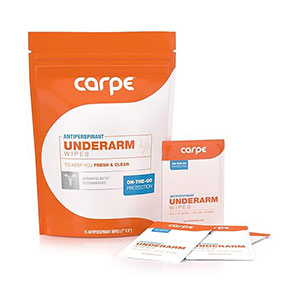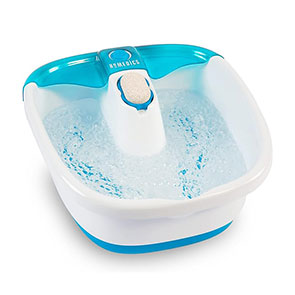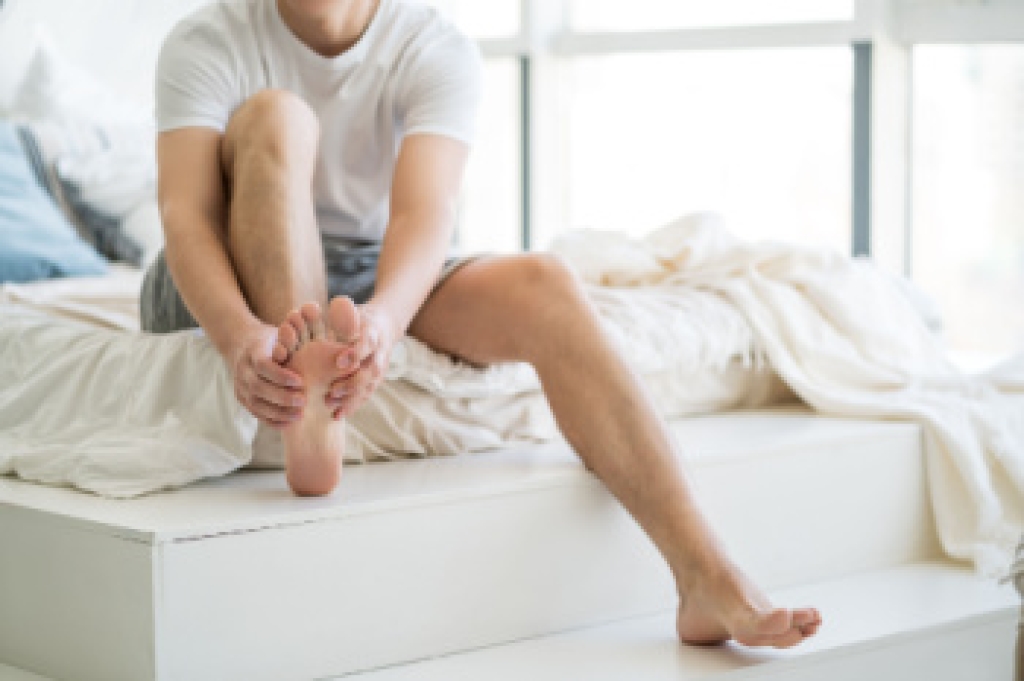
Arthritis in the toes affects the joints and can make everyday movement uncomfortable. It often develops with increased age as joint cartilage naturally wears down. Being overweight places added pressure on the toe joints, while genetics may increase the likelihood of developing this condition. Common symptoms include persistent pain, stiffness, swelling and reduced flexibility in the toes which may worsen with walking or standing. Some people notice tenderness, redness or difficulty wearing shoes comfortably. A podiatrist can help by evaluating joint health and recommending personalized treatment, such as supportive footwear, custom orthotics, targeted exercises, and pain management strategies. Early care can slow progression and improve function. If toe pain or stiffness is limiting your lifestyle, it is suggested that you consult a podiatrist who can offer effective relief and management tips.
Arthritis can be a difficult condition to live with. If you are seeking treatment, contact Kinna Patel, DPM from Sava Podiatry & Wellness Centers. Our doctor can provide the care you need to keep you pain-free and on your feet.
Arthritic Foot Care
Arthritis is a joint disorder that involves the inflammation of different joints in your body, such as those in your feet. Arthritis is often caused by a degenerative joint disease and causes mild to severe pain in all affected areas. In addition to this, swelling and stiffness in the affected joints can also be a common symptom of arthritis.
In many cases, wearing ill-fitting shoes can worsen the effects and pain of arthritis. Wearing shoes that have a lower heel and extra room can help your feet feel more comfortable. In cases of rheumatoid arthritis, the arch in your foot may become problematic. Buying shoes with proper arch support that contour to your feet can help immensely.
Alleviating Arthritic Pain
- Exercises that stretch the foot can prevent further pain and injury and increase mobility
- Most of the pain can be alleviated with anti-inflammatory drugs, heat, and topical medications
- Massages can help temporarily alleviate pain.
It is best to see your doctor for the treatment that is right for your needs and symptoms. Conditions vary, and a podiatrist can help you determine the right method of care for your feet.
If you have any questions please feel free to contact our office located in Smyrna, GA . We offer the newest diagnostic tools and technology to treat your foot and ankle needs.
